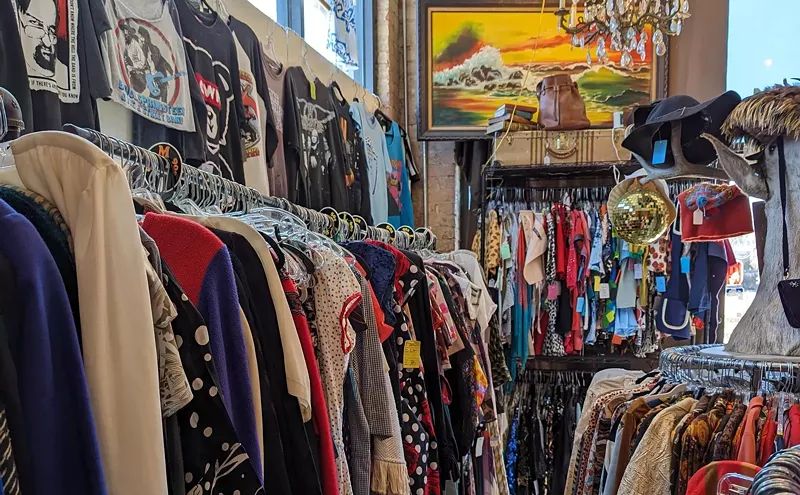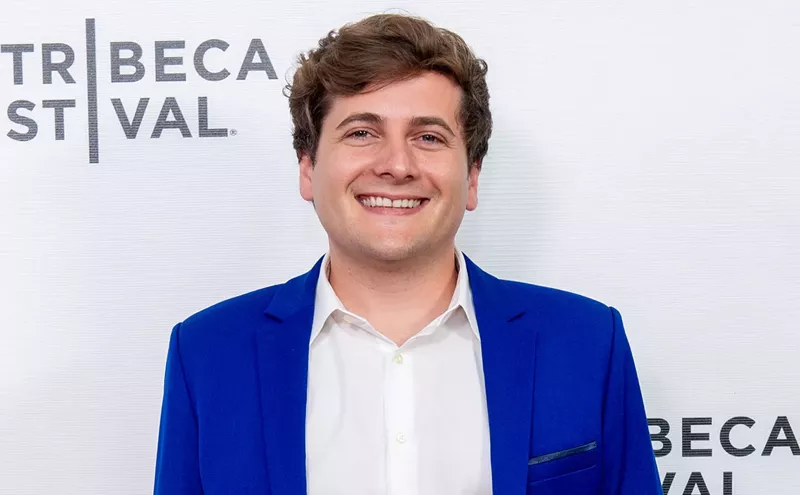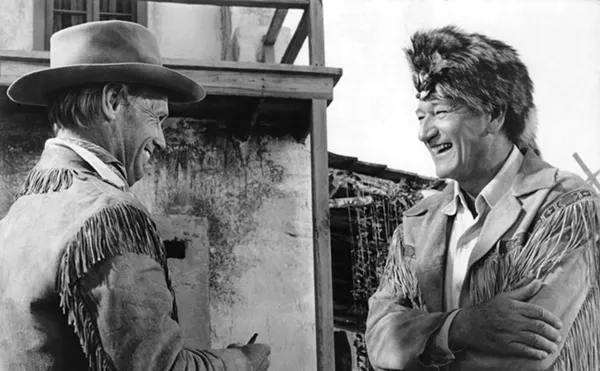Alice Walker’s award-winning story about black womanhood in the 1930s hit bookstands in 1982, then the big screen in a Steven Spielberg adaptation starring Whoopi Goldberg and Oprah Winfrey in 1985, then Broadway in 2005.
Ten years later, it was revived in the spare, quiet version that won the Tony Award for best revival and is now on tour. Each version has found a new voice, and The Color Purple seems to be singing as loud as ever in this moment.
Themes of violence, sexism, racism, speaking out and survival run through the stories of the women at the heart of this musical. The fate of teenaged sisters Celie and Nettie is decided by men who use and abuse them; Nettie seeks refuge in Celie’s home only to be attacked and kicked out. When two strong-willed women, Sofia and Shug Avery, enter Celie’s life, she begins to see a way out.
It’s little wonder that The Color Purple continues to be revisited in new forms for new audiences. Historically, it’s been rare to see the Western narrative of the hero’s journey applied to a black female protagonist. Or any narrative, for that matter.Each version of The Color Purple has found a new voice, and it seems to be singing as loud as ever in this moment.
tweet this
In 2018, lack of black representation in mainstream American entertainment remains an issue. Just last year, the cinematographer for HBO’s Insecure schooled the internet with a short video about the proper way to light black actors for television, pointing out that lighting design classes focus on white actors.
And just three years after April Reign first Tweeted #OscarsSoWhite, she said last week that the fight continues “until we are no longer lauding ‘firsts’ after a 90-year history.” In 1986, The Color Purple received one of the biggest snubs in Oscar history. It was nominated for 11 awards and took home zero. Change is slow.
The story of Celie in The Color Purple, just like the story of good art, is one not just of survival but of thriving over time in spite of the obstacles. In this new rendering, the bare-bones set is little more than a whirlwind of wooden chairs, allowing the play to exist less solidly in 1930s rural Georgia and more in the audience’s imagination.
In the second act, when Celie has escaped her abusive husband and starts a business selling custom pants, her bright yellow trousers become a metaphor for hope. In this production, the focus is less on the long years of Celie’s life. There’s no elaborate makeup or costuming to demonstrate she’s aged. Instead, it's about the content of those years.
It’s worth the price of admission to hear the breathtaking songs by Allee Willis, Brenda Russell and Stephen Bray.
Like its protagonist, The Color Purple has only grown more triumphant after all these years.
The Color Purple, through Sunday, Feb. 4, Music Hall at Fair Park, 909 First Ave., $20 and up, ticketmaster.com.














